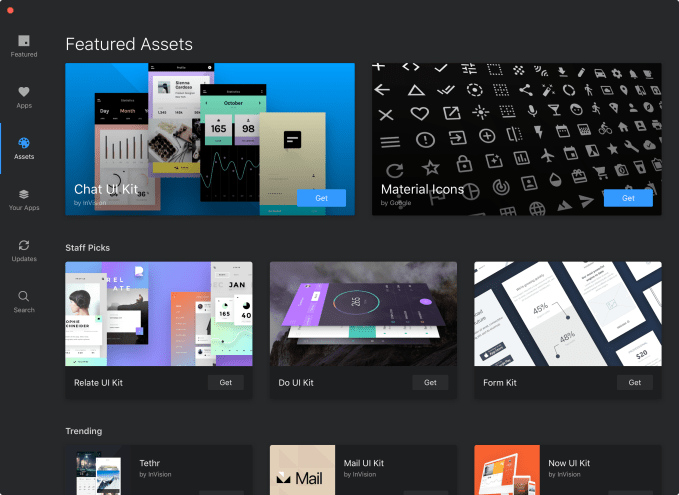Created to help app developers find and fix bugs more efficiently, Sentry announced today that it has raised a $16 million Series B led by returning investors NEA and Accel. Both firms participated in Sentry’s Series A round two years ago.
Co-founder and CEO David Cramer tells TechCrunch that the new round puts Sentry’s post-money valuation at around $100 million. The company recently launched Sentry 9, which, like its other software, is open source. Sentry 9 lets app developers integrate error remediation into their workflows by automatically notifying the developers responsible for that part of the code, letting them filter by environment to hone in on the issue, and manage collaboration among different teams. This reduces the amount of time it takes to fix bugs from “five hours to five minutes,” Sentry claims.
The company will “double down on developers and their adjacent roles,” in particular product teams, Cramer says. Next in the pipeline is tools that will answer more in-depth questions related to app performance management.
“Today we answer ‘this specific thing is broken, why?’ Next we’ll expand that into deeper insights whether it’s ‘these sets of things are broken for the same reason’ as well as exploring non-errors. For example, if you deploy an update to your product and traffic to your sign-up form goes to zero that’s pretty serious, even if you’re not generating errors,” Cramer says.
Sentry’s technology originated as an internal tool for exception logging in Djana applications while its founders, Chris Jennings and Cramer, were working at Disqus. After they open-sourced it, the software quickly expanded into more programming languages. Sentry launched a hosted service in 2012 to answer demand. It now claims to have 9,000 paying customers (including Airbnb, Dropbox, PayPal, Twitter and Uber), be used by 500,000 engineers and process more than 360 billion errors a year.
In a press statement, Accel partner Dan Levine said “Sentry’s growth is a testament to the now-universal truth that app users everywhere expect a flawless experience free of bugs and crashes. Poor user experience kills companies. In order to keep moving forward as quickly as possible, product teams need to know that customers will never leave because of a broken app update. Sentry lets every developer build software that is functionally error-free.”





